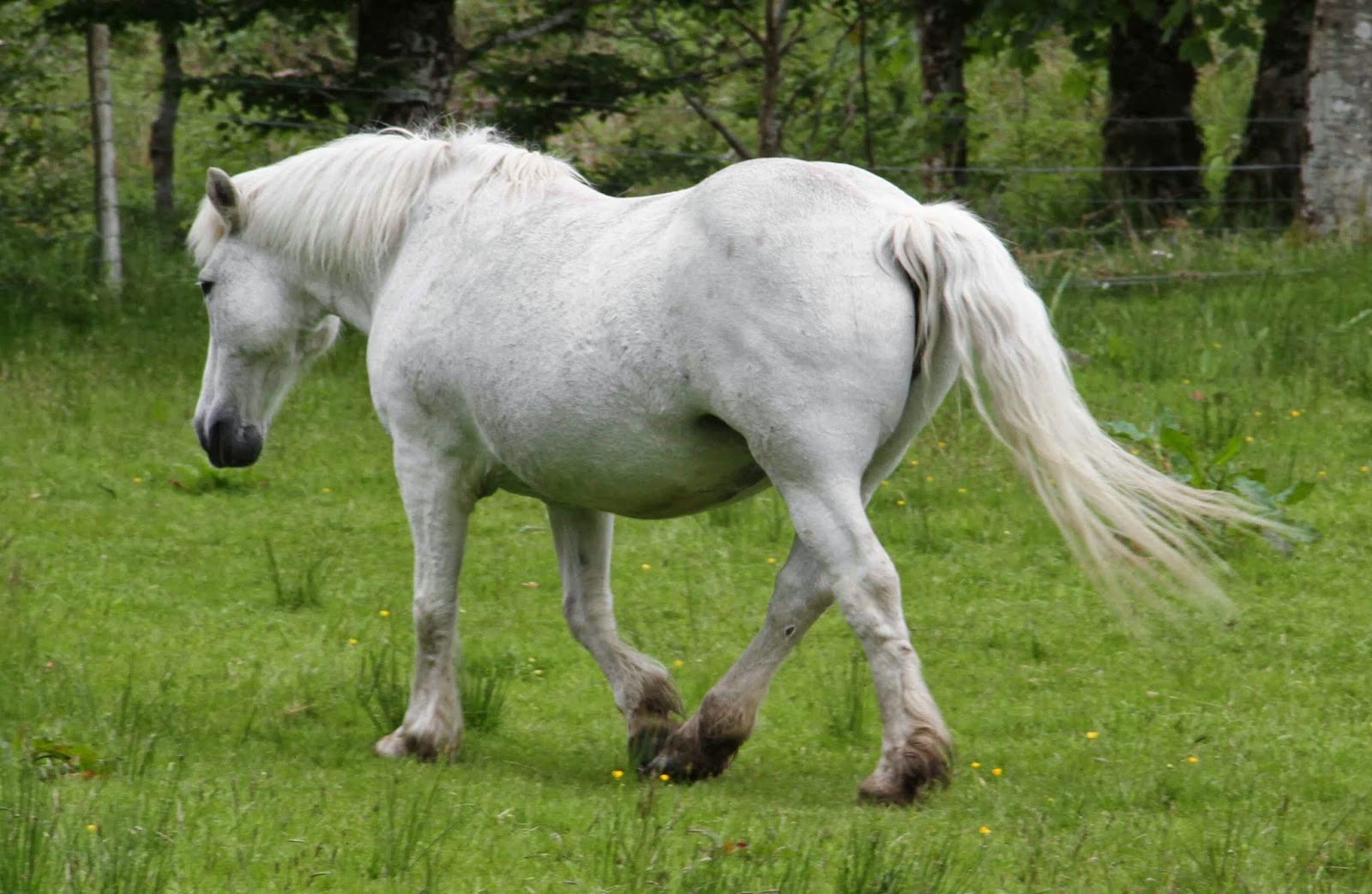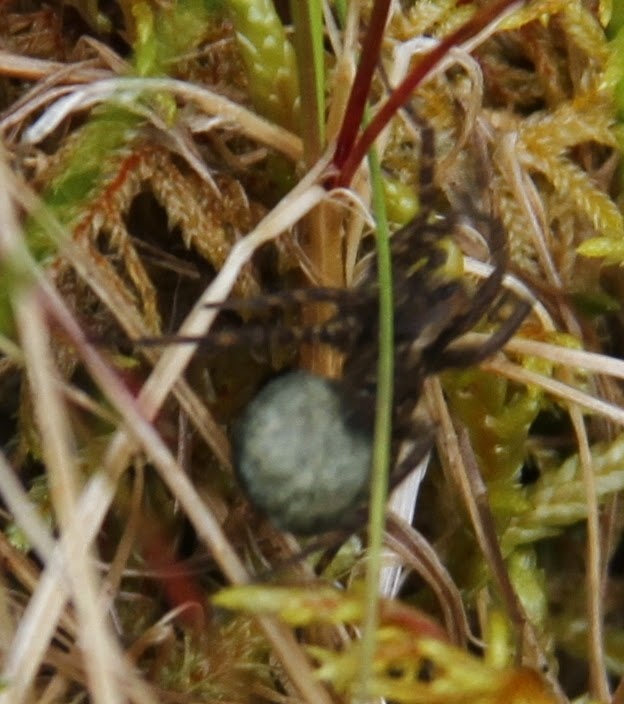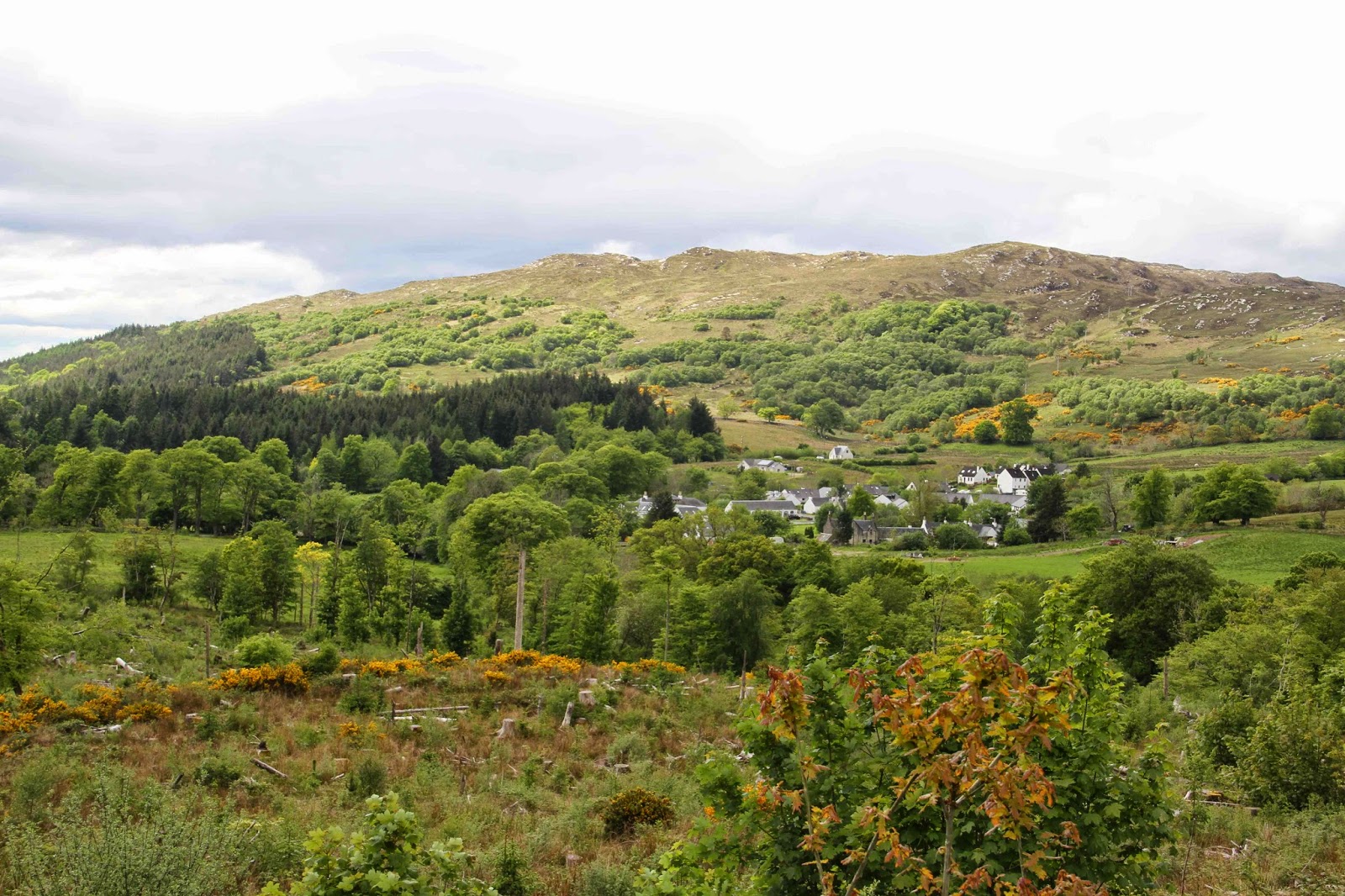29th October
Looking east to the mainland of Scotland; the combined peaks of Beinn a'Chapuill (742 m) and Creag Bealach na h'Oidhche (755 m) in the centre (I think but I'm not sure) and just to the right of them Beinn Sgritheall (928 m, making it a Munro, over 3000 feet or 914.4 metres; pronounced Ben Sgreehell).
Steve claimed that the dark areas were a fungal infection. We wondered if this could be ergot (Claviceps purpurea) which produces alkaloids that cause Saint Anthony's Fire (ergotism) when ingested. The symptoms include convulsions, hallucinations and irrational behaviour which at one time, apparently, could brand you as a witch and get you into big trouble. We asked Gill if, in the interests of medical research and to generate more publicity for the Skye U3A blog, she could take a lick but she refused.
Honeysuckle (Lonicera periclymenum); I think this is the only honeysuckle species on Skye.
What happened next was something of a confused blur. We were about to take a break on a public bench when without warning someone or something rushed out from behind us and commenced to smash up the said seating ....
.... before finally posturing atop the now defunct bench like a beast marking its territory,
Some amongst us speculated that it might be the mate of the infamous leopard man, known to stalk the southern regions of Skye in a state of foul nakedness. Indeed, the outdoor wear being sported by the creature might well have been a gift from the leopard man, removed from the body of one of his many victims.
In all the excitement, none of us had noticed that Gill had disappeared, but she soon turned up further along the path skirting the woods, albeit seeming slightly confused. So all was well in the end and we were already looking forward to future adventures with the redoubtable Isle of Skye U3A nature group.
































































